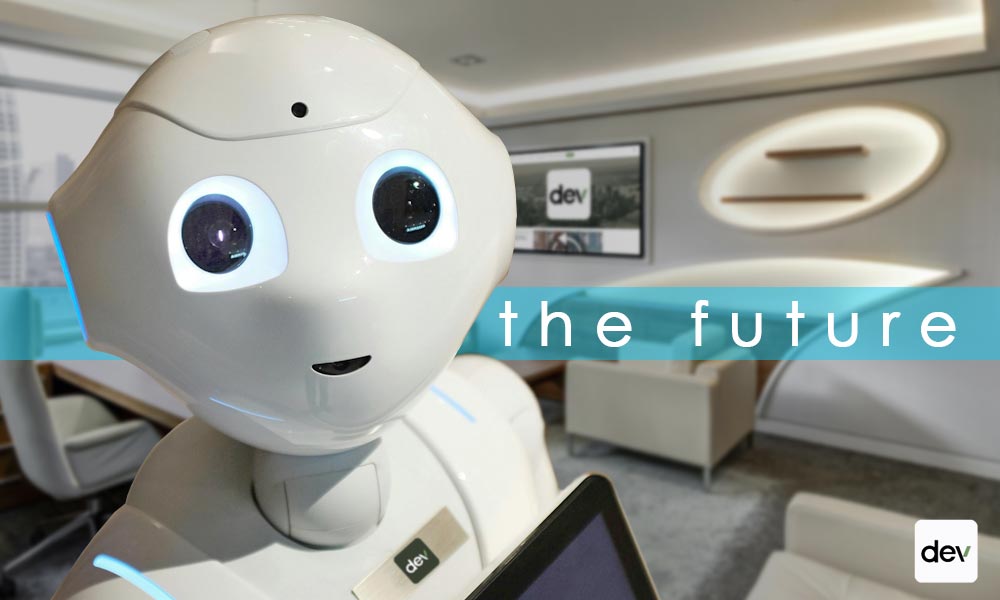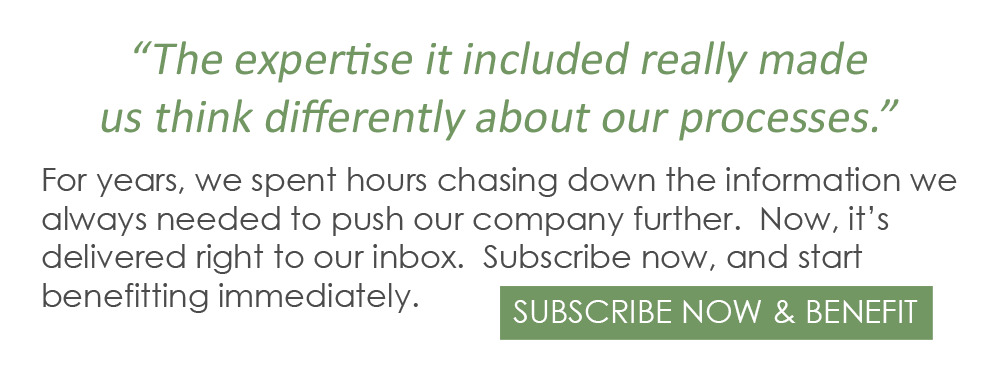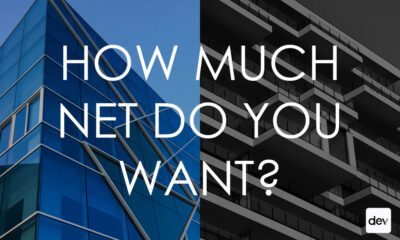
Design
How to Meet The Needs of the “Workspace of the Future”?
Envision what the workspace of the future is like by offering workers more amenities, comfortable environments, hybrid schedules and spaces. How will developers respond by providing the right mix in their workspaces to create value to tenants.
Workspace trends came and left, but the office was where people came to work every day. Remote work was an occasional activity, and traveler workers showing up at a satellite office on business trips was more likely than setting up in a coffee shop.


“Things change so fast, I don’t want to be saying what 2035 will be like,” said Simon Haighton-Williams, CEO, The Adaptavist Group. “The workspace changes rapidly.”
What is the history of the evolving workspace?
The first trend from individual offices with administrative assistants blockading access started in the 1950s. The “Burolandschaft” (office landscape) design movement originated in Germany. Finally gaining international attention in the 1960s and 1970s, the design concept was adopted in the United States to improve team collaboration and real estate efficiency.
As companies spread satellite offices across the country, the late 1980s concept of hoteling was the next trend. In place of assigned office or desk space, in a concept pioneered by Ernst & Young (rebranded “EY” in 2013), employees were no longer assigned offices or desks; they took available desks when working in any of the company’s offices.
The future trajectory of the workspace changed dramatically in 2002 when Starbucks introduced Wi-Fi into its stores. Slowly, then rapidly, a laptop and a latté became the symbol of the hip workspace. The coffeehouse office shifted from the fringe to the mainstream in less than five years.


What will be the future of the workplace?


“What’s not going to change is most people are still going to work better in person together than meeting face-to-face,” said Andrew Cheney, principal, Coppola-Cheney Group, Lee & Associates. “There’s more trust and better ideas exchange when you don’t have to call someone up and say, ‘Oh, hey, how was your day?’ It’s better (that) you lean over and say, ‘Hey, what do you think about this and that?’”
How set is Cheney’s vision that offices will still be part of life far into the future?
“There’s just a familiarity with proximity there,” he said. “I still think one thousand years from now, people are going to say, ‘I work better with someone sitting next to me.’”


Cheney believes the workspace of the future will evolve and won’t disappear. He says companies will seek to offer better amenities to serve worker comfort, work styles and security. “People want to work in a nice environment,” Cheney said. “Something new, quality materials and easy access to places to go.”
He said the future workspace will offer amenities like a coffee shop, dining options, daycare, and possibly a walk-in clinic. “Evolution hasn’t gotten rid of eating or sleeping yet or drinking coffee,” he said. “We’re still going to want a place nearby for those functions and some social interaction.”
How did Covid change the workspace?
The 2020 Covid pandemic changed where and how people worked.


“We always work in the principle that people should work where they work the best,” said Haighton-Williams. “Now, for some folks, that’s in the office; for some folks, that’s at home; (and) for some folks, that’s in Starbucks.”
He said that workspaces in the future would be best when trying hard to accommodate those different working styles rather than imposing a singular working style on everyone. Haighton-Williams believes that some companies face more significant challenges in adopting employee work styles than designing offices.
“Post COVID, I’ve seen lots of organizations doing crazy things, like forcing the folks to come into the office to do a Zoom call to somebody in a different country,” he said. “(This) just seems too painful and expensive, and nobody really wins.”
How will companies change the workspace for the future?
Cheney cautions that there are so many variables companies should consider when creating the most productive environment.
“(The future) is not going to be one size fits all,” he said. “It’s just like there isn’t a diet that’s right for everyone, but there are some (rules) that are right for everyone: You shouldn’t eat four pounds of ice cream per day or drink four Cokes.”
While Cheney emphasizes returning to the office, Haighton-Williams sees more hybrid workspaces. The two agree that different employee work styles need to be accommodated and that multiple approaches are available.
“What will change in the future is the packaging with all the needs and wants that come in,” said Cheney. “Furniture will change, technology will change, connections will change. People will even flow between open offices versus cubes.”


What will the workplace look like in five years?
Cheney doesn’t think hoteling will return to being a significant trend. “It works for some, although they feel a social disconnect,” he said. “For others, it’s important to sit in the same seat and put pictures on the desk, so they want a dedicated desk or office.”
Planning for flexible change, “flex-space,” is what Cheney sees for the future. That future office will have more built-in ability to change than many today. He sees an office where it’s easy to move furniture or, more importantly, walls. Changing the walls, he said, is the most efficient way for a company to change the workspace.
Haighton-Williams believes the future workspace will better accommodate the different workstyles of the employees.
“We live in an increasingly diverse world in terms of generations and the way people want to be treated,” he said. “I think increasingly, particularly with the younger generations, people are a bit more unique, and if you want the best of those people, you need to try and create an environment that works for them.
He believes some organizations will embrace remote and hybrid working, and it will hold. Haighton-Williams also sees many big organizations moving back because they have not built the culture or the technology stacks to support that remote working environment.
How does a developer plan for the future?
“One thing that the pandemic taught us was that IT severed the leash that held people to their desks,” said Cheney. “That’s why you see different modes and different spaces. You want several places to work inside an office instead of just at a desk.”
The evolving office could have more “living room” style workspaces or an emulated coffee shop vibe to provide a simulated hybrid environment. Called “resimerical spaces,” some companies are building non-office offices this way. Team members may spend their workday on a sofa or at a high-top table, while others drift in and out through the day. Cheney sees this as a big part of the future.


He believes this trend will evolve, which means companies will want flexibility in how people work. This supports his position that being able to change furniture and walls will be the most efficient route for a company.
He also said that the flexible technology means developers will see tenants wanting shorter leases—five to seven years—that still affordably amortize tenant improvement costs. “At the end of the day, even though all this great technology is out there, it still has to be paid for,” he said. “If they sign a one-year (or short-term) lease, they will have constraints.”
In 2023, McKinsey & Co. published its research on the office of the future, Empty spaces and hybrid places. Its central conclusion is that businesses need to adapt to these growing trends.
“To adapt to a new reality in which hybrid work is widespread and permanent, urban stakeholders could consider adopting more hybrid approaches themselves. At the neighborhood and building levels, and even in the design of the floors of buildings, choosing diversity, adaptability, and flexibility rather than uniformity can help cities thrive,” it concludes.
Rather than designing an office to meet changing needs, McKinsey & Co. sees companies adapting neighborhoods to meet those needs.






